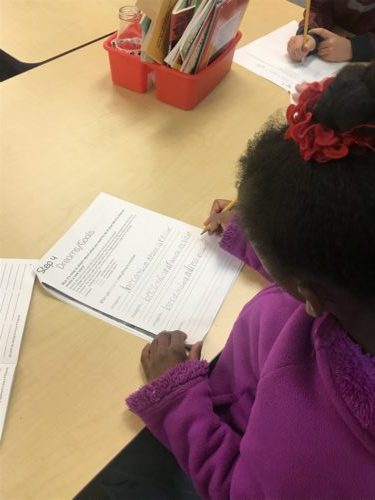
Small Changes That Make a Big Difference in Your Child’s Happiness
Children deserve to grow up happy, loved, and supported no matter their environment. According to an article on child development, various factors contribute to children’s

Children deserve to grow up happy, loved, and supported no matter their environment. According to an article on child development, various factors contribute to children’s

Every teacher wants their students to feel emotionally supported in their classroom–when a child feels emotionally stable, they can take in and learn information. The

Transitioning to a Trauma Informed School has become an important movement across the United States, particularly in those schools with a high population of at-risk

Parents, teachers, admin, even grandparents are struggling with the difficult decision of; “Should I send my child back to the classroom setting?” Some believe kids

Ugh, life has been challenging lately, sometimes down right hard! Many of us are facing situations we never thought we would ever encounter. The stress

Numerous studies have been conducted that reveal just how much stress today’s kids are under. Sadly, we see it every day revealed in bullying, anxiety,

Every parent wants the best for their children. We work hard at making sure they eat right, do well in school, get enough sleep, etc.

Step 7 of The Imagine Project writing activity is a 30-day Gratitude challenge. We ask students to write down 3 things they are grateful for

As parents and teachers we often see our kids struggling with issues that challenge their ability to cope. It may be keeping up in school,

When teachers, counselors, admin, etc. use new curriculum/ideas in their school and classrooms, they like to know what they are using is backed by credible




Join our community to get the latest tips, exclusive offers, and updates straight to your inbox. Don’t miss out—subscribe now and be the first to know!